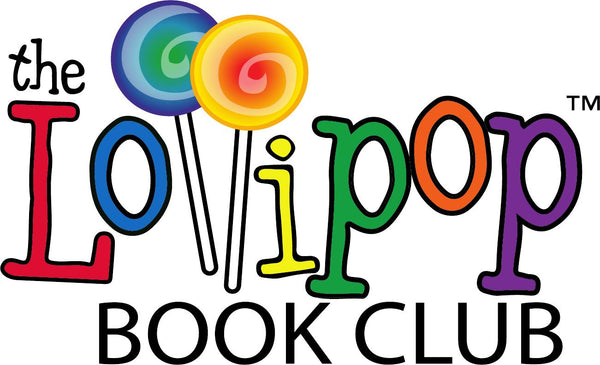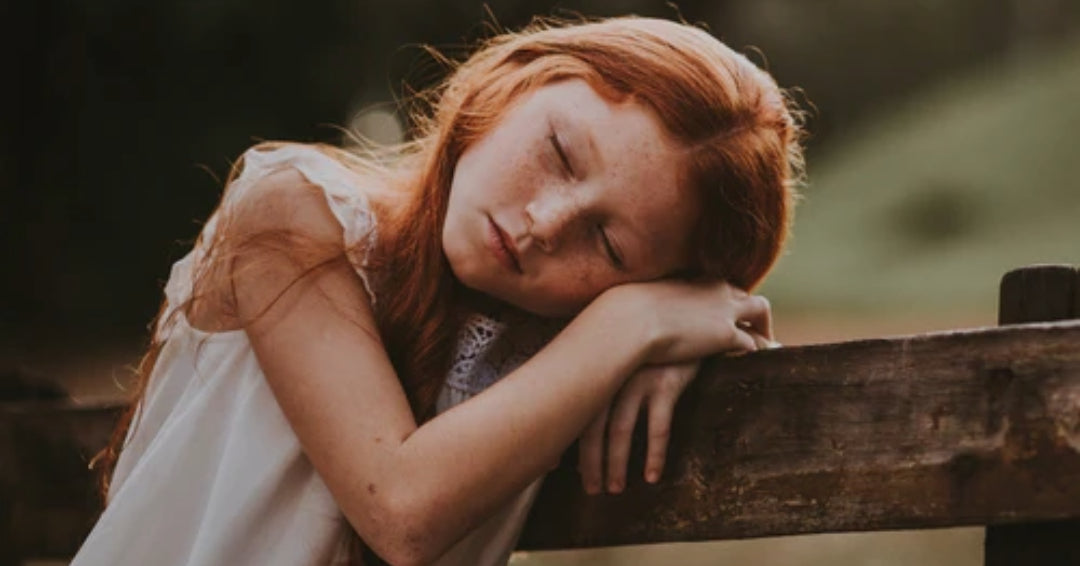Children will never develop emotional maturity or empathy if they are not fully immersed in a wide range of feelings. On the other hand, parents need to be on the lookout for kids who have bouts of depression without cause. When this occurs, it could be a sign that something more serious is at play. An evaluation by a professional may even be necessary to rule out a chronic condition. Reading books for kids about sadness will help you talk to them about feelings and encourage little ones to open up about what is going on inside.

Sometimes the best way to handle feeling sad is just to embrace the emotion. Such is the case in this story about Annie and her cat who has a case of the blues. When the little girl comes home from school, she discovers that Delilah is just not herself. So Annie gets to work try to cheer up the kitty. But nothing works. Not a TV show, a warm bowl of milk, or even a little cat yoga is enough to turn Delilah's frown upside down. Feeling resigned, Annie settles down to give her cat a big hug and learns that just being present and allowing sadness to run its course is the best remedy of all.
Children's Books About Characters With Depression
Feeling depressed is a normal, healthy emotion that all children will experience in varying degrees. Some kids seem to be born with the ability to work through these feelings rather quickly. Other little ones struggle a bit more and linger in a sad state for longer periods of time, and when this is the case, there are some strategies parents can put into place that will help. There is no better or worse way to handle this state of emotion. However, if sadness starts to interfere with a child's quality of life, then it's time to step in and assess whether or not intervention is needed.
Stories by Jamie Lee Curtis are wonderful tools for kids who need a gentle reminder that all kinds of feelings are normal. Her bestselling picture books tap into a variety of moods and emotions that little ones experience. Kids will relate to the messages that both validate their state of mind while also giving them skills to cope with sad feelings and anxiety. Life is full of sad moments that are part of a child's emotional journey, sometimes disrupting their home life as a result of divorce or other life event. Reading children's books about depression and events that trigger this unhappy mental state can help little ones understand and cope with their emotions.

Picture Books for Children Feeling Blue
Although we never like to see our children feeling blue, it is a normal emotion that is healthy to experience periodically. There is likely an event that triggers a sad episode, like the death of a family member. There are so many events in a child's life that can cause little ones to slide into a state of depression. Sometimes it can be a result of feeling left out of a social event like a birthday party, when fortunately the emotional episode passes rather quickly. Other more prolonged periods may occur when a close friend moves away or another more permanent loss occur. Reading books to children about their sad emotions can foster a conversation about their mental state. Through the characters in these picture books who are feeling unhappy, kids can learn coping mechanisms for when they are down in the dumps.

Jenny Mei is Sad
A deceivingly simplistic picture book about the how difficult it can be to recognize depression in others. To almost everyone, Jenny Mei looks like a very happy girl. Her face is always smiling and she has a knack for making people laugh. Sometimes, though, Jenny Mei behaves erratically and has some surprising outbursts. Fortunately, she has a best friend by her side through all her ups and downs. Sparse text is all that is needed to tell this very important story.

A Shelter for Sadness
A picture book that will resonate with adults as well as children. The original story about David, a boy who safeguards his sadness, evokes a lot of different emotions in readers. It is at once a haunting, intriguing, raw, and very, very real look at the magnitude of sadness. When the boy is feeling blue, he visits his sadness kept tucked away in a shelter. Together they shed some tears and wallow in a depressive state of mind. David hopes that one day they will both emerge from their dark place and take in all the beauty around them.

What's the Matter, Marlo?
Finding friends to stick by your side during happy times isn't very hard. But true friends hang around even during difficult struggles. In this endearing story, Marlo and Coco are inseparable. Together they spend endless hours playing, laughing, and having fun. One day Marlo is feeling sad and turns away from Coco. Instead of running away from her friend, Coco shows empathy and compassion by keeping Marlo company during her sad times, too.

My Friend is Sad
The ever popular Elephant and Piggie book series by Mo Willems is a big hit for good reason.Simple text and cartoonish pictures deliver pretty powerful lessons. In this story, best friends Gerald and Piggie are experiencing opposite moods. While Gerald is feeling down in the dumps, Piggie is his usual happy-go-lucky self. Yet somehow it doesn't feel right being so cheerful when his best buddy has a case of the blues. Readers will enjoy this sweet story of compassion and friendship.

Glad Monster, Sad Monster
Tiny tots will learn about the spectrum of emotions in this interactive, die-cut picture book. Monsters, just like people, experience a way array of feelings on any given day. Little readers will explore the difference between feeling happy and sad, as well as a myriad of other opposing emotions. It's a great introduction to help toddlers learn how to express what they are feeling using words.

When I Feel Sad
A mother and her child share some tender moments talking about sadness. In simple, gentle terms, the book covers all the different reasons why a child may feel sad. Whether feeling left out, ignored, or empathy for others who are down in the dumps, sadness is a common sentiment. Readers will learn that everyone feels sad sometimes, but that this emotion doesn't last forever.

When Sadness Is At Your Door
By personifying sadness, the author introduces an effective strategy for little ones grappling with this emotion. Instead of feeling like something is wrong with them, children will learn that sadness is just a visitor who comes and goes. It is not a good or bad thing when sadness comes knocking, and readers aren't encouraged to turn it away. This imaginative story is more about acceptance of an emotion that everyone feels, though some more frequently than others.

Way Past Sad
When a child experiences a first episode of true sadness, it can be a strange and confusing time. For James, he is not quite sure how to overcome his depression. He has just learned that his best friend in the whole world, Sanj, is moving far away. The young boy realizes that he can't stop Sanj from leaving, but he will eventually move past this sentiment and feel good again.

Dealing With Feeling Sad
This helpful story gives kids the vocabulary to express their emotions, specifically sadness. Kids learn that being sad is a normal way to feel from time to time. Tips and tools are offered as a way to open up a discussion about sadness and assist little ones in expressing their feelings.

Danny and the Blue Cloud
There is a big cloud that seems to follow Danny wherever he goes. It has been there since the day he was born, and has brought him nothing but tears and sadness. Lucky for Danny, his best friend, Barnaby, is a bunny with a happy spirit. He teaches Danny all about the power positive thinking and other ways he can turn his mood around.

The Whale Who Felt a Little Blue
Kids who suffer from depression will relate to Luka the whale. Some days he feels pretty happy, but other times he is overwhelmed with sadness. His best friend, Jenny, wants to help him feel better but she doesn't know what to do. Fortunately, a mermaid comes to the rescue with suggestions for how to help. A gentle story about depression filled with pointers on supporting friends who feel sad.
The Lollipop Book Club is a participant in the Amazon Services LLC Associates Program, an affiliate advertising program designed to provide a means for sites to earn advertising fees by advertising and linking to amazon.com.
Helpful Children's Books for Sad Moments in Time
|
Tender Books About a Dog Dying |


